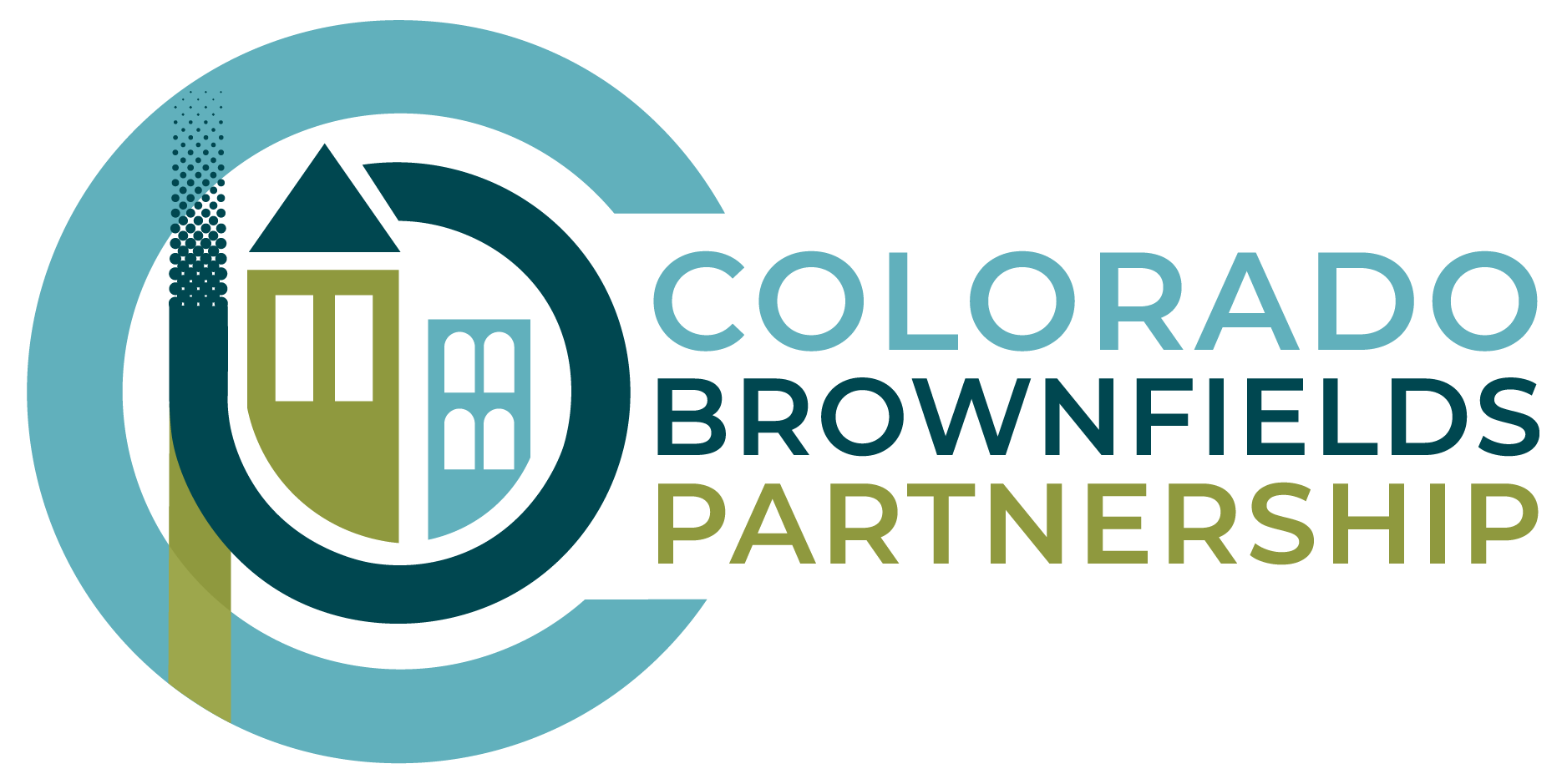Accessing State Brownfields Resources
We at the Colorado Brownfields Partnership are experts in helping Colorado communities envision, learn, and plan for the future of their brownfields and community. But once that work is done, we know that applying for state assistance is a key step towards brownfield revitalization success. Through our process, local government entities (or private property owners in partnership with them) and non-profits can receive assistance from the Colorado Department of Public Health and Environment (CDPHE), such as a free Targeted Brownfields Assessment that would otherwise cost upwards of $12,000. This process also assures CDPHE cleanup plan approval and liability relief to brownfield property owners.
Or, View PDF Infographic.
Step one
Is there potential for this property to become more useful?
Yes
No
-
Develop a vision for the site
A “vision” is a plan or detailed idea that identifies a new purpose for the property. It may also include a rendering or sketch of the site once it’s developed.
The Colorado Brownfields Partnership can assist in developing a vision for the site that is more functional for the community.
-
Continue utilizing the property as its current use.
Step two
Keeping in mind the site's past uses, is environmental contamination possible?
Yes
No
-
Complete a Phase 1 Targeted Brownfield Assessment
If a site has perceived contamination, it is considered a “brownfield”. The presence of hazardous pollutants means the site cannot be developed safely.
A Phase 1 Targeted Brownfield Assessment is an evaluation of the site’s past uses to determine if contamination is likely present.
This assessment is free for government entities, nonprofits, or private entities in partnership with one of the above entities.
-
Are you sure?
Sites can be contaminated with hazardous pollutants which prevent them from being developed safely. Contamination may not be visible or obvious.
Even vacant lots can be contaminated from past use.
The Colorado Brownfields Partnership can recommend next steps to verifiy contamination based upon details of the site.
If no contamination is present, the site is ready for development.
Step three
Was contamination suspected in the Phase 1 Assessment results?
Yes
No
-
Complete a Phase 2 Targeted Brownfield Assessment
A Phase 2 Targeted Brownfield Assessment will determine the type and extent of contamination, and will help to inform a cleanup plan.
This assessment is free for government entities, nonprofits, or private entities in partnership with one of the above entities. If you have recently received a Phase 1 from CDPHE, generally no additional application is required. Contact us to determine if you need to apply for a Phase 2 assessment.
Cleanup planning assistance is also available at this stage to government entities or non-profits.
-
The site is ready for development!
Step four
Was contamination suspected in the Phase 2 Assessment results?
Yes
No
-
Evaluate the risks identified in the results
It’s important to evaluate the risks associated with the site’s contamination. This risk evaluation will inform the site’s cleanup plan and determine the feasibility of the site’s future use.
Questions to consider are as follows:
– Is the contamination spreading? If so, where?
– Who might be affected by the contamination?
– How will they be affected (ingestion, inhalation, skin contact, etc.)?
– How will the future use of the site be effected by contamination exposure? -
This site is ready for development! Consider applying for a “No Action Determination” letter.
Once a site is free of contamination, it is still encouraged to apply for a “No Action Determination” letter through the Voluntary Cleanup Program to manage liability concerns.
Step five
Keeping risk and Phase 2 results in mind, has a cleanup plan been developed?
Yes
No
-
Develop a cleanup plan.
A cleanup plan will list cleanup activities, as well as provide a cost and timing estimate to getting it done. A cleanup plan will be tailored based upon the site’s contamination and the site’s future use.
Cleanup plan assistance is available to government entities or non-profits.
-
Consider entering into the Voluntary Cleanup and Redevelopment Program (VCUP).
Once a cleanup plan has been developed, entering into the VCUP is strongly suggested. With a single application, enrollment in the VCUP provides both state and federal cleanup plan approval in one step. This also admits access to a variety of state financial resources.
Step six
Is financial assistance needed to execute the cleanup?
Yes
No
-
Consider entering into the Voluntary Cleanup and Redevelopment Program (VCUP).
The State offers a variety of financial resources to assist with cleanup, including grants, and other financial resources which require entering into the VCUP.* Cleanup grants are also available through the Environmental Protection Agency (EPA).
Colorado Brownfields Cleanup Grants
Revolving Loan Fund*
Tax Credits*
EPA Cleanup Grants -
The site is ready for cleanup!
Step seven
With the financial resources in hand, has the cleanup plan been executed?
Yes
No
-
The site is ready for development! Consider applying for a "No Action Determination" letter.
Once a site is free of contamination, it is still encouraged to apply for a “No Action Determination” letter through the Voluntary Cleanup Program to manage liability concerns.
-
Keep working!
